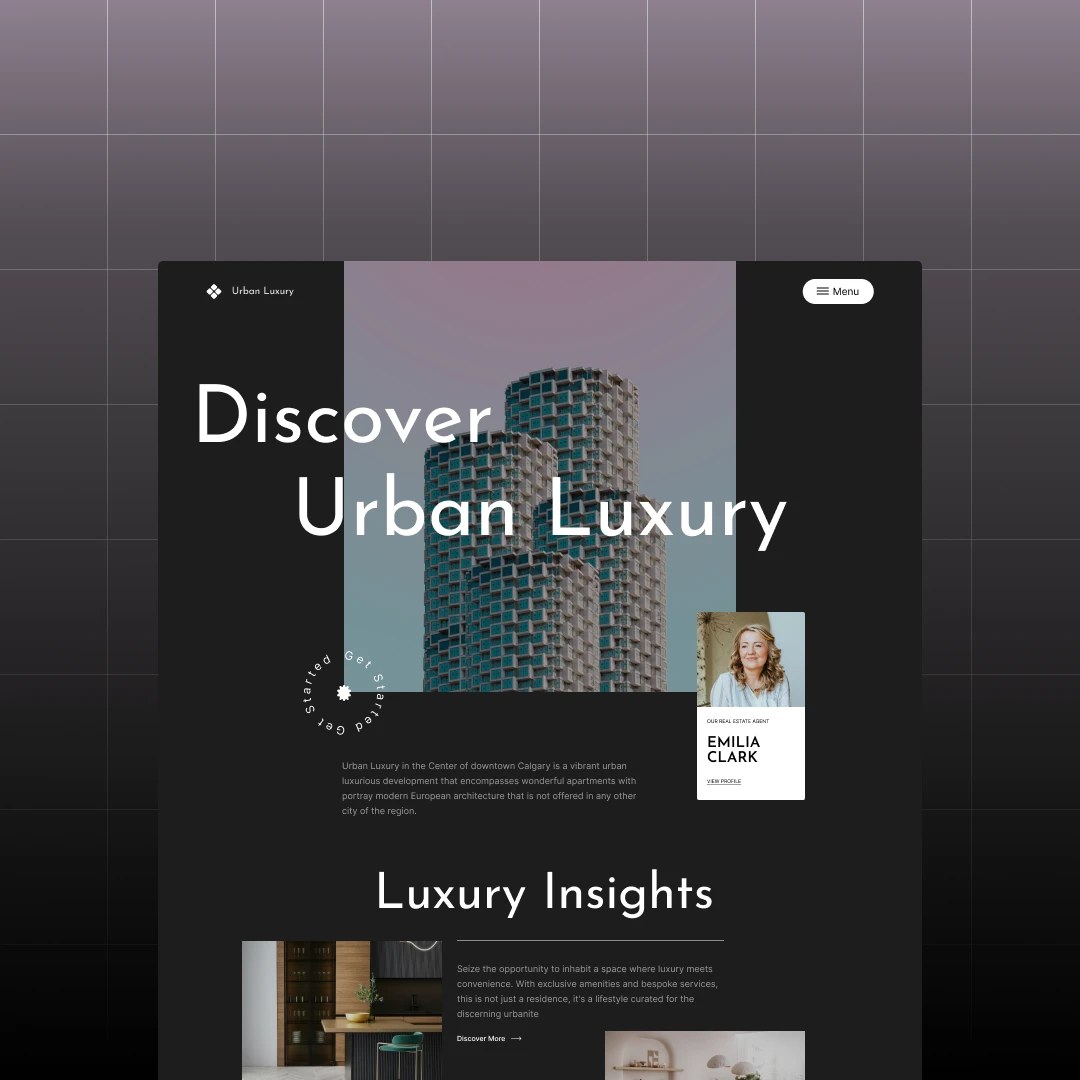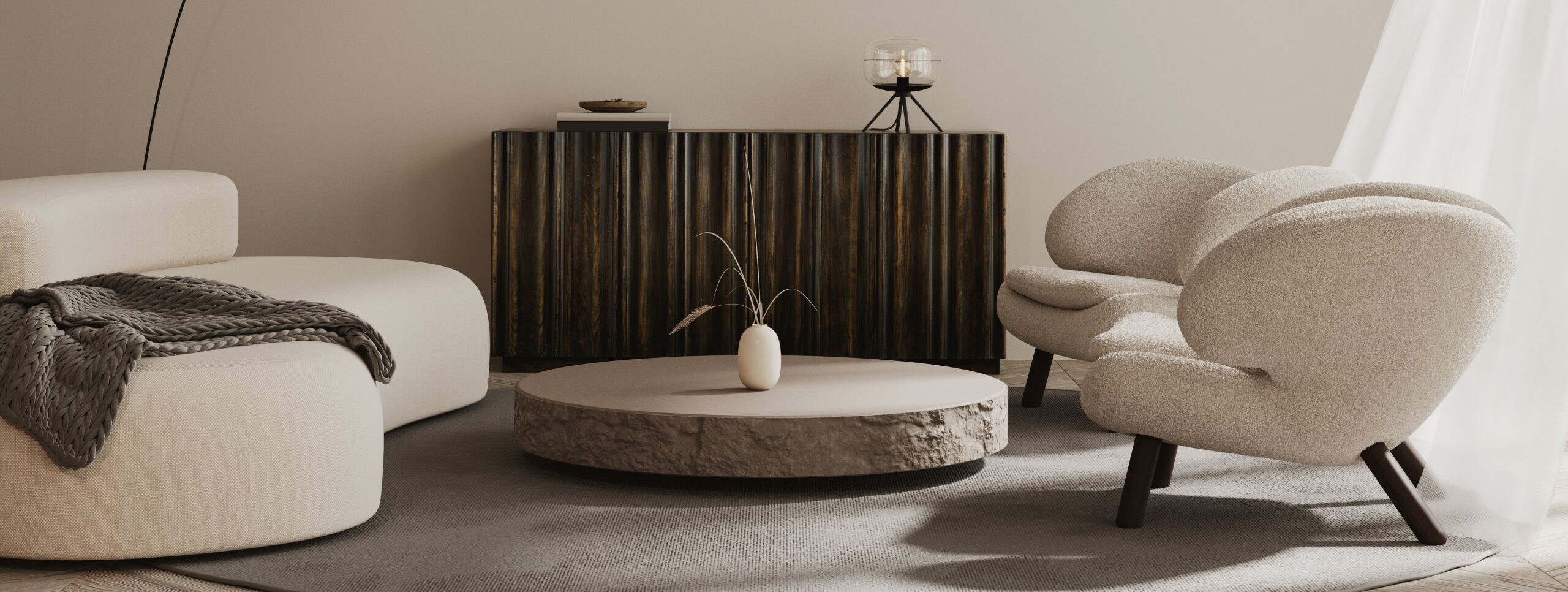The real estate industry is undergoing a significant transformation, thanks to the integration of Virtual Reality (VR) and Augmented Reality (AR) technologies. These innovative tools are reshaping the way properties are showcased, viewed, and experienced by potential buyers. With the ability to tour homes remotely and customize decor in real-time, VR and AR are setting new standards in property visualization and marketing.
Immersive Virtual Tours with VR
Virtual Reality has revolutionized property showcases by providing immersive virtual tours. Potential buyers can now don a VR headset and step into a fully rendered 3D environment of a property, regardless of their physical location. This technology allows for a comprehensive view of the property, often highlighting features that might be overlooked during a physical visit.
VR tours are particularly beneficial for international or out-of-state buyers, as they can explore multiple properties without the need for travel, saving both time and expenses. Moreover, VR tours can be customized to include multimedia effects such as ambient music, narration, and light and sound effects, adding a sense of wonder and ease to the client’s experience.
Real-Time Customization with AR
Augmented Reality enhances the real-world environment by overlaying digital information and virtual objects onto it. In real estate, AR allows potential buyers to visualize a property with various finishes, layouts, and design elements in a virtual environment. For instance, they can change wall colors, flooring materials, or kitchen cabinets in real-time, instantly visualizing the impact of these choices on the overall design.
AR applications like MagicPlan and RealAR enable users to generate floor plans from photos, providing a better sense of the property’s dimensions and potential. This level of customization empowers buyers and helps builders and designers better understand their clients’ preferences.
Marketing and Sales Advantages
The use of VR and AR in real estate offers unique advantages in marketing and sales. Developers and realtors can create compelling virtual tours that are easily accessible through websites or mobile apps, democratizing access to property previews. AR can also be used in physical marketing materials, such as brochures that come to life with 3D models and virtual tours when viewed through a smartphone.
These technologies not only grab attention but also offer valuable insights into the property, increasing the likelihood of a sale. Virtual tours have been shown to increase interest in business listings by up to two times, demonstrating the marketing potential of these immersive technologies.
The Future of Property Showcases
As technology continues to advance, the role of AR and VR in property showcases is poised to expand further. Future VR tours might include interactive elements such as the ability to modify room layouts or simulate different lighting conditions, providing a more personalized viewing experience. AR and VR could also be integrated with smart home technology, allowing buyers to experience how IoT devices will function in their future homes.
The integration of VR and AR in real estate signifies a monumental shift in how properties are marketed, viewed, and sold. It offers unparalleled convenience, flexibility, and an enhanced viewing experience for potential buyers. As these technologies become more sophisticated, we can expect them to play an increasingly integral role in the real estate industry, potentially transforming it as we know it.
In conclusion, the synergy between real estate and immersive technologies like VR and AR is not just a futuristic concept—it’s a current reality that’s reshaping the real estate landscape in exciting and innovative ways. These tools are providing endless possibilities for innovation and personalization in property showcases, making them an indispensable part of the modern real estate market.

